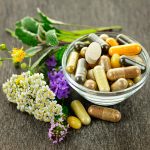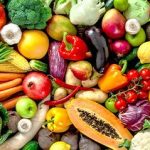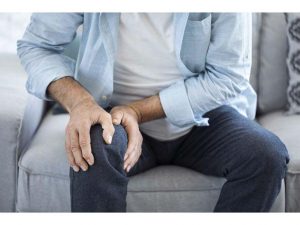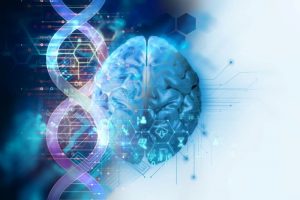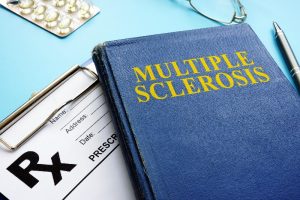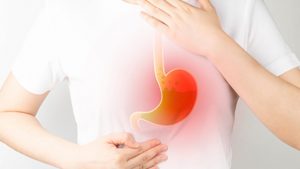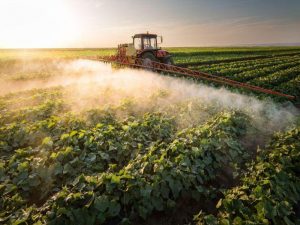
In today’s highly polarized political environment, is it possible to stay up-to-date with the news of the day without getting totally stressed out? If not, is there a way to limit the emotional and physical fallout? Or is all that individual stress in service of a greater societal good? New research paints a complex picture with no easy answers. On the one hand, paying close attention to the daily doings of politicians does appear to have a way of making people feel consistently bad, investigators found. And those negative emotions appear to take a toll, they warn, in the form of poorer mental and physical health. On the upside, the study also found that staying politically informed appears to serve a larger good, motivating people to get more involved in important causes, through volunteer work or financial donations. “We expected people would have negative reactions to politics each day, but we were somewhat surprised by how consistent the effects were,” noted study author Matthew Feinberg, an associate professor at the University of Toronto’s Rotman School of Management. What’s clear, however, is that all that negativity seems to source back to a fundamental fact, Feinberg said: People take politics very, very personally. “They internalize what happens in the political arena,” he said. And the result is that all “the scandals, the incivility and the animosity so… read on > read on >










